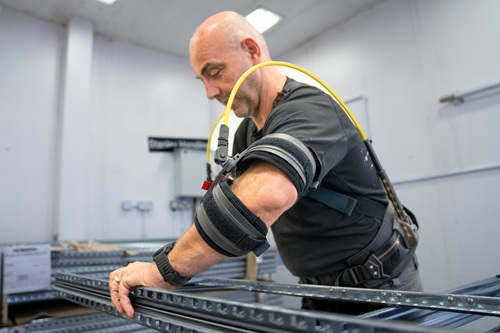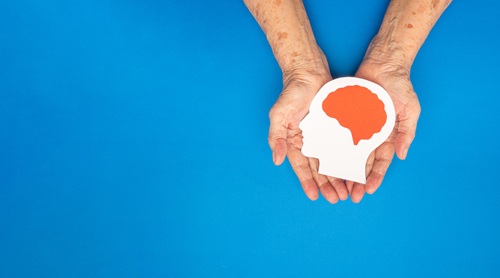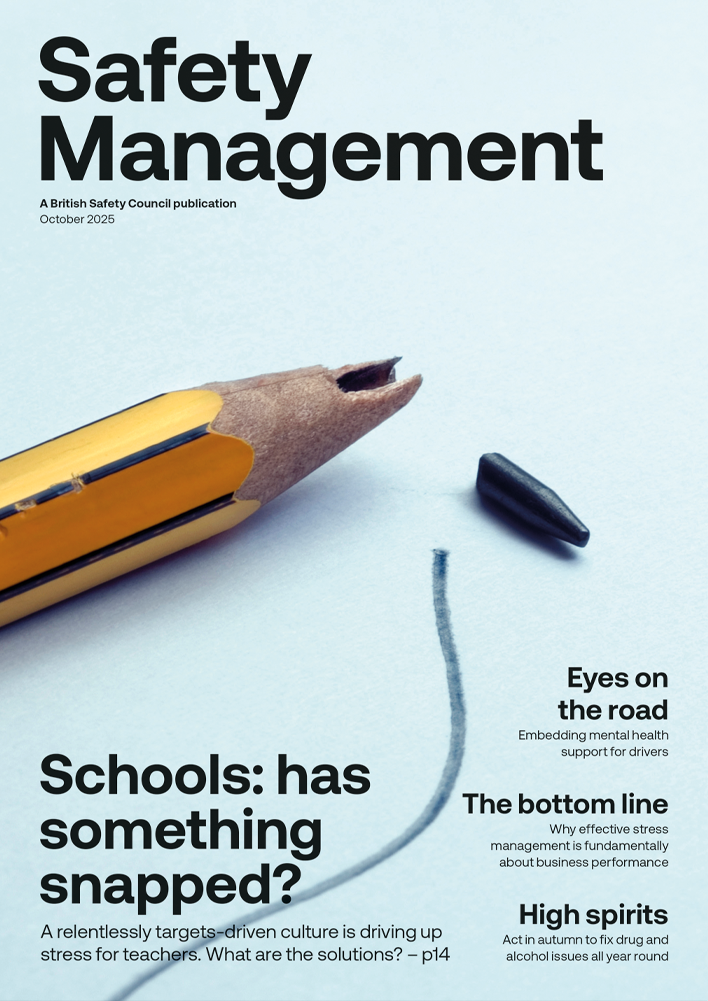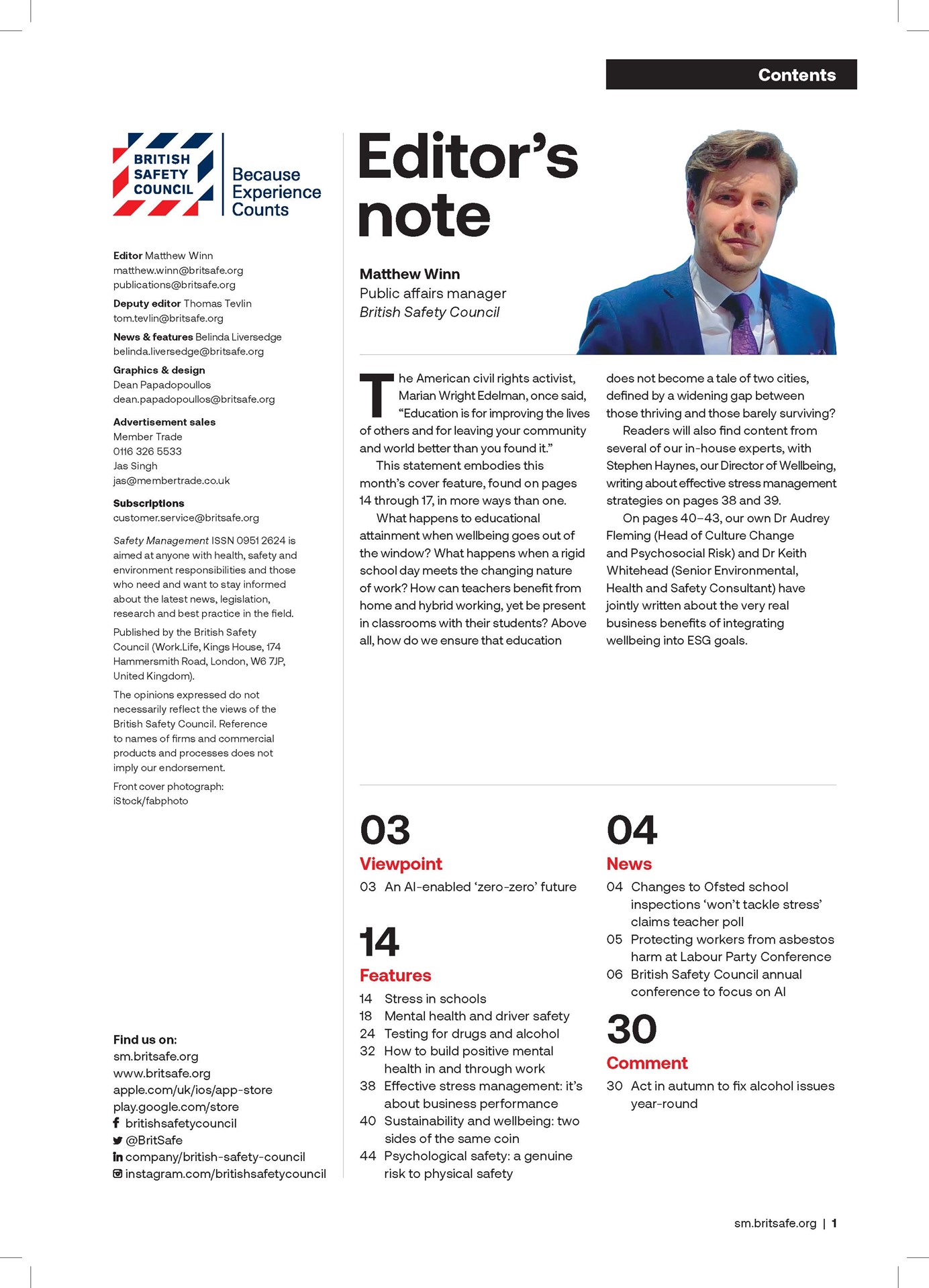With outdoor workers at significant risk of skin damage, ageing and cancer due to exposure to the sun’s UV rays, it’s essential that employers in sectors like construction and agriculture create a working environment where sun safety precautions become the norm, rather than the exception.
Features
Facing the facts: protecting your outdoor workforce from UV exposure and skin cancer
As awareness of occupational risks grows, it’s worth asking: is outdoor workers’ exposure to UV (ultraviolet) rays receiving the same level of attention as other workplace hazards?
Across Europe, rates of skin cancer continue to rise. While employers have long taken serious steps to mitigate occupational risks from cancer-causing substances like asbestos and silica, sun exposure often flies under the radar, despite its well-documented link to skin cancer.
The evidence is compelling and urgent. According to the European Cancer Information System, melanoma is now the fifth most common cancer across Europe. Moreover, 18 of the 20 countries with the highest mortality rates from skin melanoma are in Europe.
 18 of the 20 countries with the highest mortality rates from skin melanoma are in Europe. Photograph: iStock
18 of the 20 countries with the highest mortality rates from skin melanoma are in Europe. Photograph: iStock
A workplace challenge that’s been hiding in plain sight
The risk to outdoor workers is significant. Prolonged exposure to UV rays damages the DNA in skin cells. While our bodies are capable of repairing some of this damage, repeated exposure leads to cumulative effects. Over time, the body’s ability to repair diminishes, increasing the risk of abnormal cell growth and skin cancer.
Between 2000 and 2019, deaths related to occupational UV exposure nearly doubled in some regions of the world. Yet despite the severity of the risk, many outdoor workers fail to regularly use UV protection. A 2020 survey of health and safety professionals in the UK found that just 24 per cent of workers said they’d be more likely to use sun protection if it was provided by their employer.
This points to both a behavioural and systemic issue. Awareness is low. Accessibility is inconsistent. And there remains a perception that UV protection is a personal rather than occupational concern.
Why skin cancer rates are rising
There’s no single reason for the increase in skin cancer. Instead, several factors have created a ‘perfect storm’:
- Ageing populations, where skin damage has accumulated over decades
- Historical underestimation of sun exposure risks, particularly in northern Europe
- Greater access to cheap travel to sunny climates, often without appropriate protection
- Climate shifts, resulting in higher UV indices in more regions
- Changing work patterns, including increased time spent outdoors.
Forecasts suggest these trends will continue. By 2040, countries such as Ireland and Luxembourg are expected to see some of the highest increases in melanoma incidence in Europe.
A practical framework for employers
Most employers would never allow staff to work around hazardous chemicals without appropriate controls, and the same logic should apply to UV exposure.
While legal responsibilities vary by country, there is a growing recognition that UV protection belongs on the occupational risk register. Guidance from organisations such as the World Health Organization (WHO) and the UK’s Health and Safety Executive (HSE) support this shift, calling for employers to:
- Educate workers on the risks of UV exposure
- Provide access to sun protection resources, including shaded areas and protective clothing
- Ensure workers understand when and how to use sun protection effectively
Incorporate UV safety into broader workplace health and safety strategies.
 A useful rule of thumb for employers is the 5S approach. Photograph: iStock
A useful rule of thumb for employers is the 5S approach. Photograph: iStock
The role of UV protection in risk reduction
Sunscreen plays a frontline role in reducing UV damage. But its effectiveness depends on consistent, correct use. That means applying it 15 minutes before exposure and reapplying every two to three hours, or more frequently in high-sweat or water-based environments.
UV protection cream also needs to be paired with other protective measures: namely scheduling work to avoid midday sun, offering shaded rest areas, and supplying lightweight, UPF-rated clothing.
A useful rule of thumb for employers is the 5S approach:
- Slip on protective clothing
- Slop on SPF30+ sunscreen
- Slap on a hat
- Slide on sunglasses
- Seek shade whenever possible.
Working towards a culture of protection
At its core, this is about shifting mindsets. UV exposure should no longer be seen as ‘just part of the job’. Much like personal protective equipment, hand hygiene or noise protection, sun safety needs to be embedded into workplace culture – particularly in high-risk sectors like construction, agriculture and manufacturing.
Many organisations are already starting to take this seriously. By providing sun protection at entry points, educating teams during onboarding, and integrating UV into health and safety training, employers can create environments where protection becomes the norm, not the exception.
And the benefit goes beyond compliance. Employers who actively support the wellbeing of their staff often see gains in retention, engagement and reputation.
Outdoor work comes with many rewards – but it shouldn’t come at the cost of long-term health.
As we continue to adapt to new occupational challenges, UV protection is no longer optional. It’s a duty of care.
For more information and advice on UV protection at work, see:
scjp.com
linkedin.com/company/sc-johnson-professional/
@SCJProfessional
hse.gov.uk/skin/sunprotect.htm
FEATURES

AI-powered wearables: transforming workplace health and safety
By Graham Sharp, Stanley on 08 December 2025
Wearable technology powered by AI analysis is now regularly deployed to prevent safety problems like musculoskeletal injuries and collisions between forklifts and pedestrians, and future developments mean the technology looks set to make it easier to manage other safety challenges, like site evacuations.

Supporting neurodiverse employees: why standard DSE assessments fall short
By Guy Osmond and Alex Reffell, Osmond Ergonomics & Wellbeing on 08 December 2025
Display screen equipment assessments have traditionally focused on tackling the physical ergonomics of desk-based work in a bid to reduce musculoskeletal risks, but effectively supporting the wellbeing and productivity of neurodivergent workers involves a wider consideration of their cognitive, sensory, organisational and environmental needs.

Preventing drug and alcohol misuse through workplace testing
By Mark Burrup, Draeger Safety UK on 08 December 2025
Drug and alcohol testing can play a vital role in ensuring the safety of everyone at work, and simple, non-invasive testing devices are now available for fast and discreet results.



